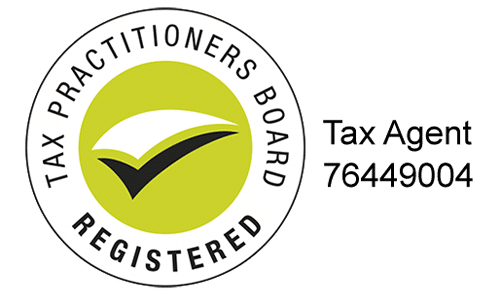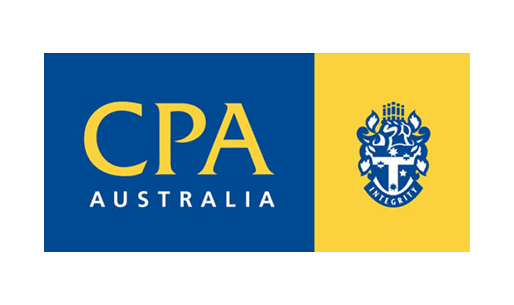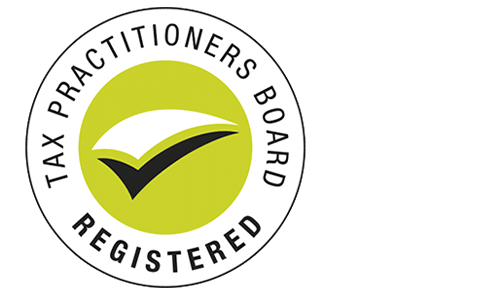A self-managed super fund (SMSF) can provide flexibility, investment choice and potential tax benefits for Australians who are exploring how to take greater control of their superannuation as they plan for retirement.
However, while SMSFs can open the door to tailored strategies and hands-on management, they also come with added responsibilities and risks that require careful consideration.
What is an SMSF?
An SMSF is a superannuation fund that is privately run and allows its members to control their own retirement investments.
What are the benefits of an SMSF?
The primary benefit of an SMSF is control and flexibility. SMSFs allow members direct control over their assets, including shares, property, term deposits and more.
SMSFs allow for a tailored investment strategy that aligns with the goals and risk tolerance of its members. This level of customisation is typically not possible in managed funds.
There are also potential tax advantages to an SMSF, such as concessional tax rates on income and capital gains.
What are the risks of SMSFs?
Self-managing a super fund can be complex, particularly compared to a managed fund.
While an SMSF provides freedom and flexibility, it also carries responsibility. It is the sole responsibility of the trustees to manage the fund and maintain compliance, meaning there is no safety net if the fund fails financially or breaks regulations.
Without proper management, often without the help of an accountant or administrator, an SMSF can become costly and opens the trustees up to great financial and legal risk.
How do I set up an SMSF?
There are a few important steps to setting up an SMSF. It is crucial to be aware of the obligations and understand what is required before getting started with the set-up process.
Choose the right trustee structure
The first step in setting up an SMSF is choosing a trustee structure. There are two common types of trustee structure:
- Individual trustees:
Under this structure, a fund can hold up to six members. Each member must be a trustee and must not be an employee of another member, unless they are relatives.
- Corporate trustee:
Under this structure, a company acts as a trustee for the fund. Each member must be a director of the corporate trustee. If the fund is for a single member, the member must be the sole director or one of two directors if the other director is a relative.
Each SMSF structure has advantages and disadvantages, and different investment options. For example, the establishment fee for a corporate trustee structure may be higher, but this structure typically delivers more savings long term.
It is important to assess the criteria, weigh up the advantages and consult with an accountant before choosing a trustee structure.
Create a trust deed
A trust deed is a formal legal document that outlines the conditions and rules for the SMSF to operate.
In combination with superannuation law, a trust deed will layout the governing rules of the SMSF in line with the fund’s objectives. The trust deed must state that the sole purpose of the fund is to pay retirement or death benefits to its beneficiaries.
A trust deed should include details such as:
- Who the trustees are
- Member rights
- How and when benefits are paid
- Wind-up requirements
- How incapacity or death of members will be dealt with
Registering the fund
To officially register an SMSF, the fund must first be legally established. This process includes:
- Choosing the trustee structure
- Appointing trustees
- Creating the trust deed
- Hold assets with the fund
Once these steps are complete and the fund established as a legal entity, the trustees have 60 days to register the fund with the ATO.
If the trustees fail to register the fund, then the SMSF is not entitled to tax concessions and employers will be unable to claim deductions on contributions.
Registration can be completed by applying for an ABN and TFN through the Australian Business Register portal.
SMSF compliance and tax obligations – seek professional guidance
Setting up an SMSF is a complex process that comes with compliance obligations and can become costly and even high-risk if done improperly. If you’re looking to set-up a fund but not sure where to start, Optima Partners can help.
Our dedicated SMSF team assists more than 250 funds with their compliance obligations and we make the process as seamless as possible. To find out how Optima Partners can guide you through the set-up process, contact us today.






